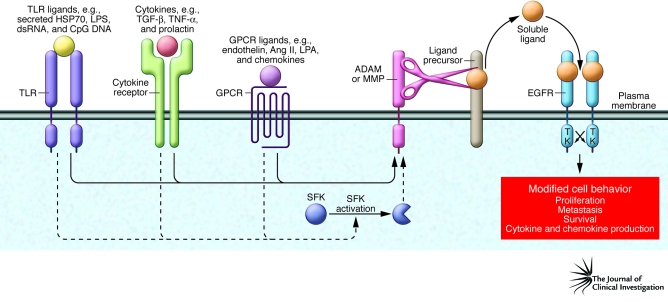Figure 2. Members of the HER family consolidate signals from cancer and stromal cells.
There are a multitude of signaling molecules secreted by cancer cells and the tumor-associated stromal cells (e.g., inflammatory cells, endothelial cells, and fibroblasts) that modulate HER family function. Activation of GPCRs (e.g., by chemokines), TLRs (e.g., by HSP70), and cytokine receptors (e.g., by TGF-β) can lead to transactivation of HER family members, as shown here for EGFR. These receptors link the HER family to innate and adaptive immunity, including immunosurveillance, which is important for protection against incipient tumor progression (38). Although not shown here, activation of other receptors, e.g., receptors for WNT (116) and integrins, can also lead to transactivation (117). Although only transactivation of EGFR is shown in this figure, other HER family members are also subject to transactivation by the same diversity of ligand/receptor systems. Transactivation is mediated primarily by metalloproteinase activation (ADAMs and MMPs) of precursor HER ligands and also by intracellular signal transducers (such as Src family kinases [SFKs]), which can amplify this effect. This creates a situation in which the HER family acts as a conduit for diverse signaling systems. Most of the receptor systems described here are present in both nonmalignant stromal cells and cancer cells.

